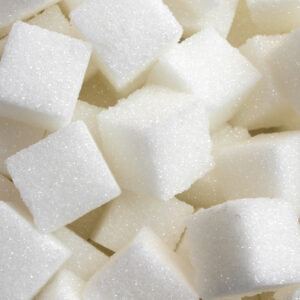
Foods to avoid when one has multiple sclerosis
Adding certain foods to one’s daily meal regime can help one stay healthy. On the contrary, some foods may worsen one’s health. Further, the choice of foods in one’s meal is particularly crucial if one has multiple sclerosis. Poor food choices may trigger inflammatory changes that aggravate the condition. In addition, certain foods may result in worsening multiple sclerosis symptoms, such as bladder and bowel function, cognitive changes, and fatigue. Damage to the myelin sheath triggers this autoimmune disease’s symptoms. This sheath sends signals between the spinal cord and brain to other body parts. A faulty sheath can cause the nervous system to misfire messages. So, following a nutritious meal plan can be useful when one has multiple sclerosis. Ideally, low-fat, fiber-rich, heart-healthy meals can be beneficial. It is important to learn about the different types of foods to avoid with multiple sclerosis. Saturated fats Full-fat dairy Palm oil Coconut oil Why avoid them? Saturated fats cause inflammation and also also increase the probability of conditions, such as hyperlipidemia, hypertension, and cardiovascular diseases that make multiple sclerosis more challenging. In addition to this, it can also cause high cholesterol that can result in atherosclerosis, which can put one at risk of stroke and heart attack. So, it’s best to avoid foods that are high in saturated fats.
Read More 







